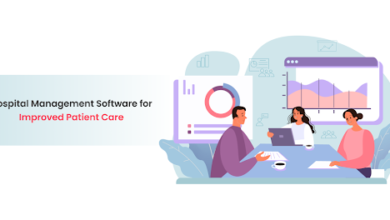Testing: Shift Left or Shift Right?

Agile and DevOps are the two methodologies that have completely changed the way quality assurance is seen globally. With much more structured workflows available, QA testing companies around the world have embraced them for the better. And once the onset of automation tools came about, testing companies realised the potential they had in revolutionizing the way applications were engineered. Automation helped create better cooperation between teams and allowed work to be completed with greater accuracy.
Despite all these efforts, the debate between Shift Left testing and Shift Right testing continues to divide QA consulting companies. Let’s dive deeper into the two and see which is the right approach. Spoiler: it’s both.
What is Shift Left Testing?
On the left side of the development cycle, Early and Sometimes are the 2 keywords that outline the way Shift Left testing is performed. Testing begins much early within the software development lifecycle simultaneously with the development and production process. It’s an endless process with a continuing feedback circuit of communication between the client, the developers and therefore the testers.
It largely focuses on the functional aspects of the software. Shift left testing is about scouting defects early within the SDLC so risks are often anticipated and mitigated well beforehand. It’s a proactive approach that works in parallel to the development of the software. With end to end testing, this process is often sped up with greater accuracy and efficiency.
This helps the business optimize operational expenses therefore the application can adhere to higher-quality benchmarks with greater ease. The developers and therefore the testers stay in communication throughout while carefully sifting through each defect along the way. Oftentimes, it is not considered to be a part of the Test-Driven-Development approach (TDD).
The development team and therefore the testing teams add close unity with increased collaboration during a DevOps environment to make sure that defects are solved during the assembly itself. As testers are a part of important client and development team communication, a superior quality output where all stakeholders are on an equivalent page is achieved smoothly.
What is Shift Right Testing?
As opposed to the Shift Left approach, the Shift Right approach in testing terms is all about testing the software after production but before deployment. It largely deals with the performance of the software during a real-world environment.
In the Shift Right approach, the performance, user experience and resilience of the software are tested in controlled environments. Real-life use cases are carefully tracked and replicated for Shift Right testing.
It is conducted during the post-production phase which is usually on the right side of the SDLC. The software is totally developed and ready; however, it must be tested carefully so it’s stable, high-performing, and offers an excellent user experience. Canary releases, A/B testing, and Blue-Green deployments are utilized to collect feedback from target users about the software performance. Tools to detect errors also are utilized to gather additional performance data.
It often relies on feedback from real users to know how well it performs in real-time.
Benefits of Shift Left Testing:
- Planned thinking for development and testing
- Top-notch development
- Reduced Time-to-Market and high ROI
- Continuous Integration and Delivery for quicker sprints
Benefits of Shift Right Testing:
- Customer Feedback Collation and Analysis for better CX for actual users
- Superior Performance after Development
- Wider Test Coverage after Development
- Accurate Load Testing
In a nutshell, Shift Left provides you with clean code with effective resource optimization whereas Shift Right cuts down on the time-to-market with improved CX. Today, performance engineering isn’t just about Shift Left or Shift Right, it is becoming more about utilising the two for more holistic testing of applications for superior performance. With the help of automated testing, QA consulting companies can automate end-to-end testing processes to guarantee efficiency and accuracy.





